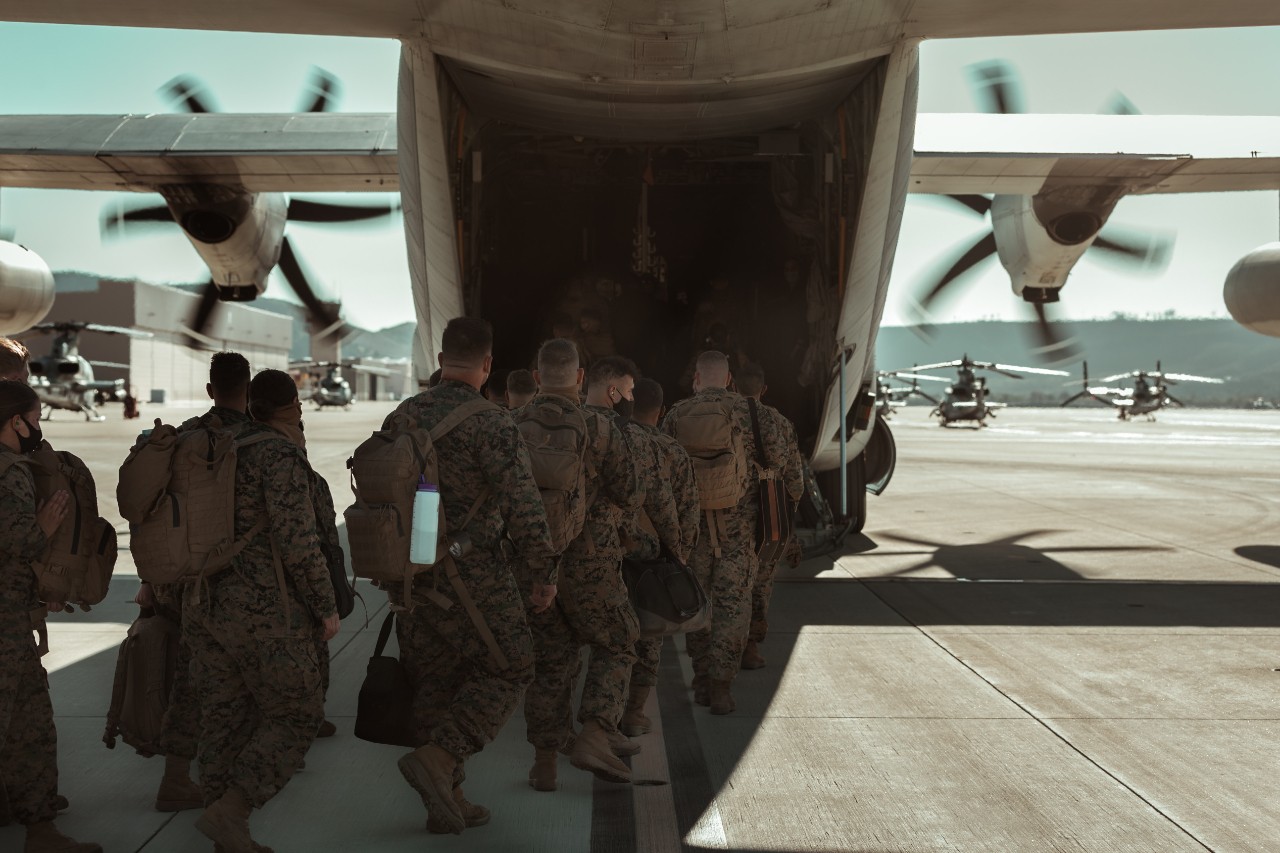A refresher
In 2001, Osama Bin Laden, leader of the Islamist militant group al-Qaeda, was declared responsible for the 9/11 terror attacks. Bin Laden hid in Afghanistan, which was then under Taliban rule — who would not hand him over to the US military.
Because of this, the US invaded and occupied Afghanistan kicking off their ‘War on Terror’. The Taliban were overthrown and a new government was installed. Ten years later, Osama Bin Laden was captured and killed. By 2014 NATO had ended its combat mission — leaving about 12,500 troops in the country.
The Taliban still pushed for control in the rural areas of Afghanistan, so the US military stayed to take part in a ‘slow withdrawal’ — where they trained Afghan troops to keep the country safe once they had gone. During this long 20 years over 3 million people have been displaced, an estimated 2 trillion spent, and nearly 200,000 people killed.
Four presidents have served the White House during America's longest war. In 2020 the third, President Trump, negotiated with the Taliban for an American withdrawal — reducing troops to just 2,500. When President Biden came into office, he committed to finishing the job.

Taliban takeover
Biden began the withdrawal in April of 2021, but things did not go to plan.The Taliban began to take over Afghan cities one by one, ramping up their efforts in July of 2021. By August it had taken Kabul. This Taliban takeover was faster than anyone had imagined or predicted. Government forces did not resist, and so the Afghan president, Ashraf Ghani, fled to Tajikistan.
Despite the terrifying scenes from Kabul, President Biden says he stands by his decision to withdraw the troops, blaming the Afghan military and government for ‘giving up’ and ‘not fighting for their country’
Biden has since deployed thousands of troops back to Afghanistan to help evacuate US staff and allies, along with their families. Meanwhile, the Taliban has freed prisoners, and, according to a U.N. report, begun a house to house search for people on their kill list.
How this affects women and girls
Front and centre of recent debates has been women and girls. The Taliban enforce an extreme form of Islamic Sharia law, which is particularly grim for women.
Under previous Taliban rule, women were controlled with public stonings and amputations. Music and movies were banned, and women and girs were forced to cover their skin in public. In the days since the Taliban takeover, sales of Burkas have skyrocketed to 10 times their original price.
Previously, girls as young as 13 were forced into marriage with militants and many more were abducted and raped. Women were routinely beaten or killed in public as punishment.
Women were also banned from doing the following under Taliban rule:
-
Attend school or study over the age of 10
-
Work or run businesses
-
Leave the house without a male chaperone
-
Be involved in politics or public life
-
Access healthcare delivered by men
Under American and NATO occupation, life had improved for women and girls. They began attending school, became politicians and Olympians, started businesses, and even produced an award-winning teen robotics team. Their life expectancy grew by 10 years.
Female students now feel the past few years were all for nothing. They are afraid to leave their homes — which is why they are absent for many of the scenes in Kabul. During the US occupation, militant groups killed female journalists or those pursuing professional careers. Many fear this is a taste of what is to come.
The Taliban have held a press conference claiming they will uphold the rights of women and girls “within the norms of Islamic law.” But people are skeptical. Afghanistan’s first female mayor has said she’s waiting for them to "come for people like me and kill me." 80% of those fleeing their homes have been women and children.
How you can help
1. If you are in a NATO country or the US, reach out to your local government to make sure they are resettling Afghan allies — like interpreters — and their families. This needs to be done quickly before they close airfields and embassies.
Currently, the Biden administration has ordered 1,000 troops to Qatar, where hundreds of Afghans are being deported to help process their visa applications. But this is not enough.
2. Find out if your government is deporting Afghans back to Afghanistan and petition them to reverse this if they are. Needless to say there’s nothing more terrible than being sent back to the place you were fleeing when you reach safety.
3. Lobby or sanction anyone that bankrolls the Taliban — or gives them arms/training. If your country sells arms, it's likely your tax money is paying for this.
Afghanistan, birthplace of one of the oldest civilisations in the world, has a rich cultural history. It has been stripped of many of its cultural artefacts and movable heritage during times of upheaval, often to fund terrorism. Cultural institutions and collectors that are complicit in this should be punished.
4. Lastly, support the organisations offering support on the ground. We can recommend Human Rights Watch and Street Child, who scored highly in our Kinder evaluations.




